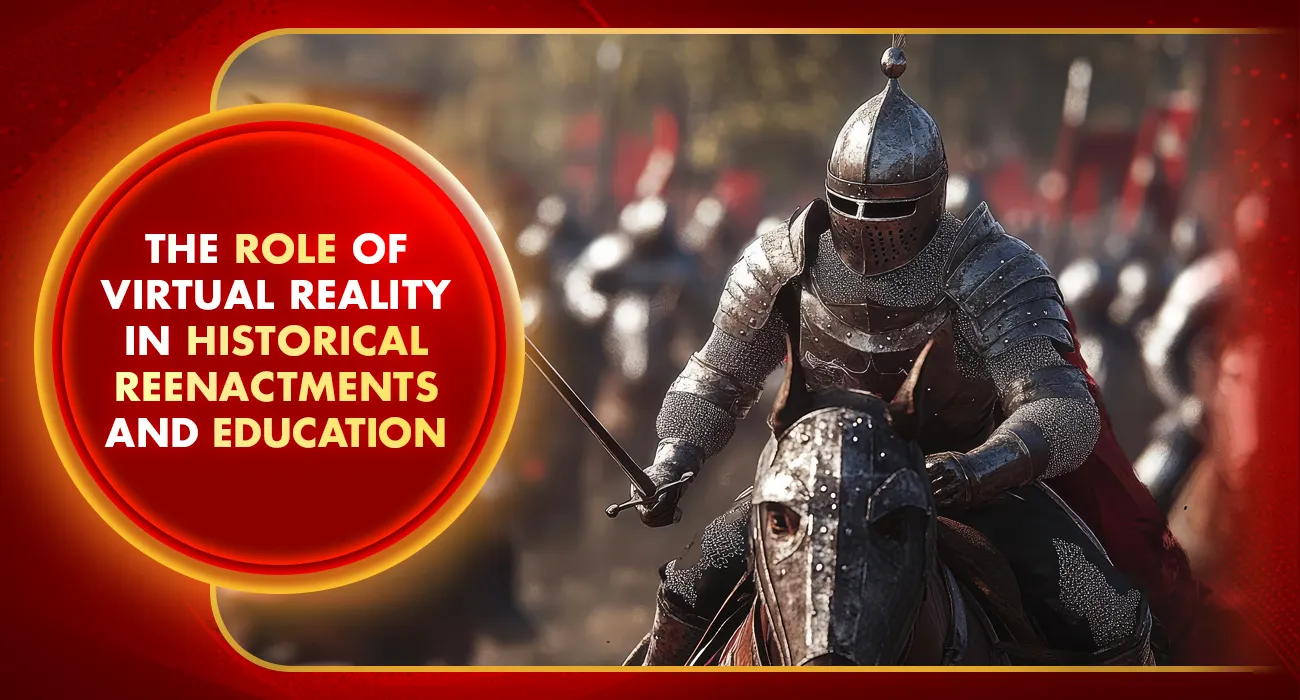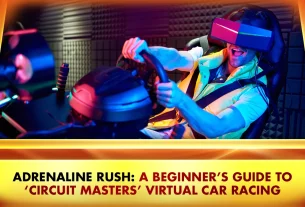Over the last few years, virtual reality (VR) technology has dramatically spread into various applications across different fields, from education and health to entertainment. One of the most fascinating areas where virtual reality has a significant impact is historical reenactments and teaching. For example, VR allows for immersive learning, full participation, and historical exposure in ways that were previously unimaginable by placing users directly into a highly detailed reproduction of a historical environment.
This blog overviews the benefits and challenges of virtual reality, as well as its potential applications in historical recreation and instruction, including aspects like Free Spins in Coin Master that engage users in interactive experiences.
Immersion-Based Educational Programs
One of the other great reasons that VR is terrific for teaching history is that such learning experiences are so immersive. Traditional teaching approaches for history often use textbooks and lectures, which don’t interest students to any reasonable depth. Virtual reality technology allows students to walk through history and feel the shoes of historical figures. Students can walk through critical historical landmarks, attend historic events like the signing of the Declaration of Independence or the fall of the Berlin Wall, or study prehistoric societies. This hands-on approach to history helps its students appreciate and learn it much better.
Improved Interaction and Sustenance with Virtual Reality
In the classroom, engagement is essential, and virtual reality provides an interactive environment that grabs students’ interest. Students engage in virtual reenactments as active learners rather than passive information consumers. Active participation ensures that more people remember historical ideas and information. A study reveals that students exposed to VR content at all times will come out victorious compared to those who, for an examination, only relied on traditional forms of teaching. Virtual reality (VR) boosts the human memory and thinking system through the senses by involving visual, aural, and kinaesthetic explorations.
Education that is Inclusive and Accessible in Virtual Reality
Virtual reality in history teaching can potentially increase inclusivity and accessibility. Virtual reality experiences can offer students who cannot easily access classrooms and learning environments, including disabled students or students living in remote villages. For example, a teacher can create an inclusive setting in which every student can fully engage by offering their students virtual access to historical sites and events. Virtual reality also democratizes access to historical knowledge by bringing viewers to ancient ruins and battlefields that may be difficult or impossible to see in person.
Opportunities for Collaborative Learning
By enabling students to collaborate in virtual settings, virtual reality technology enhances collaborative learning experiences. Multi-user virtual reality platforms facilitate group activities, conversations, and reenactments among learners, hence fostering communication and teamwork abilities. Students can, for example, role-play various historical personalities and participate in discussions or debates highlighting the nuances of historical occurrences. It requires collaboration and critical thinking and, therefore, fosters a deep kind of historical understanding by the students.
Difficulties and Things to Remember
Virtual reality has a high potential for historical reenactments and teaching, but many hurdles are in the way. Good VR content cannot be quickly produced- it takes much work, knowledge, and time. It also burdens educators with the task of maintaining content with historical correctness and preventing further spreading of myths and misconceptions. However, the accessibility to VR technology poses another challenge since not all school institutions can afford the equipment required. This means accessibility to VR technology itself is also considered a factor. These would be significant issues to address if VR is widely accepted in educational contexts.
Future Prospects
Virtual games for office, education, and historical reconstructions will continue to shape promising futures in virtual reality. Future expectations of virtual reality depict even more sophisticated and realistic environments that unfold deeper insights into the past as technology improves. The educational environment will be enhanced with technologies such as AI, which can produce adaptable experiences and haptic feedback, allowing users to perceive sensations in a virtual environment. Additionally, engineers, educators, and historians will create textured VR courses that can be seamlessly integrated into existing educational structures.
The Revolution of Virtual Games in History Learning – Virtual reality can revolutionize learning history. Virtual reality transforms historical reenactments and education for future generations by offering immersive learning experiences that increase participation rates and diversity. While the pursuit of a more authentic and accessible history is crucial, it cannot be lost in our pursuit of new technology. Virtual reality could become a potent tool in bringing history to life in a manner that helps students understand the past and realize its significance in shaping the present and the future with continued innovation and cooperation. Visit Khelraja.com to learn more about how technology and education are intertwined!
Also read: The Rise of Social Betting: How to Engage in Community-Driven Betting in 2025





